What Is SECA Tax? A Simple Guide to Self-Employed Tax Obligations
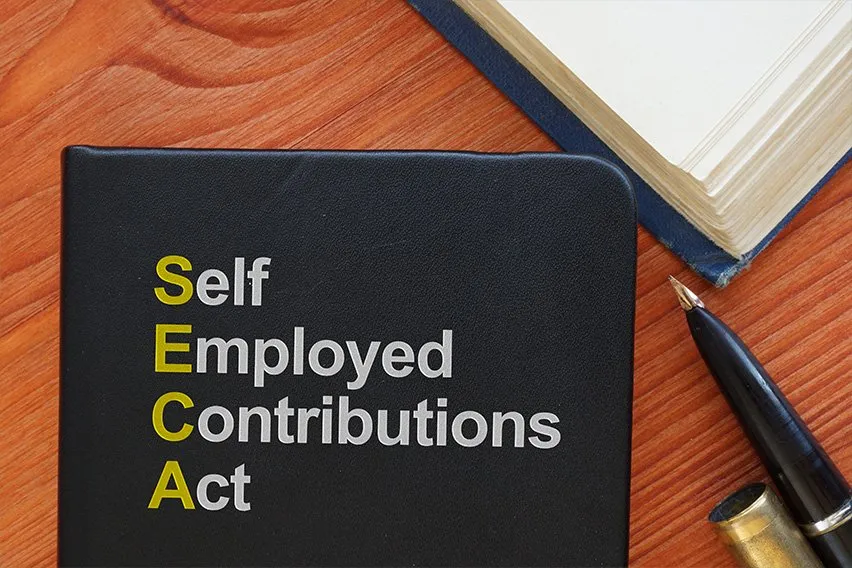
SECA tax, also called self-employment tax, is paid by self-employed workers to cover the cost of Social Security and Medicare tax, part of which would typically be paid by an employer for traditional workers. SECA tax is paid out based on a small business’s net earnings. Small business owners are required to pay SECA tax when they file their income tax return at the end of the year.
These topics explain what SECA tax is and how to calculate it as a small business owner:
What Is the SECA Tax Rate for 2018?
How Much Should Small Businesses Set Aside for Taxes?
NOTE: FreshBooks Support team members are not certified income tax or accounting professionals and cannot provide advice in these areas, outside of supporting questions about FreshBooks. If you need income tax advice please contact an accountant in your area.

What Is SECA Tax?
SECA gets its name from the Self-Employment Contributions Act, a tax law passed in 1954 that requires small business owners to pay a self-employment tax of 15.3 percent of their net earnings to cover Social Security and Medicare.
SECA, or the Self Employment tax, is similar to the FICA tax that employed people who earn salaries or wages must pay to cover their various insurance costs. The main difference between Self Employment tax and FICA taxes is that employees only pay half of their FICA tax amount and the employer covers the other half. With Self Employment tax, on the other hand, the small business owner doesn’t have an employer, so they must cover the full 15.3 percent cost on their own.
Because self-employed workers are responsible for paying the full amount of Self Employment tax, they’re able to claim 50 percent of the self-employment taxes paid as a deduction when they file their federal income tax return.
Who Has to Pay SECA Tax?
A self-employed person running a business, whether it’s registered as a sole proprietorship, LLC or partnership, must pay Self Employment tax to the federal government. Self-employed taxpayers don’t need to have a formally registered business to pay Self Employed tax, but if you report your business taxes on Schedule C as part of your personal tax return, you’re required to pay the tax.
The IRS defines a self employed worker this way:
“You carry on a trade or business as a sole proprietor or an independent contractor.
You are a member of a partnership that carries on a trade or business.
You are otherwise in business for yourself (including a part-time business).”
What Is the SECA Tax Rate for 2020?
The self-employment tax rate for 2018 is 15.3 percent all together, which breaks down as:
- 12.4% for social security (6.2% is employer-equivalent portion)
- 2.9% for Medicare (1.45% is employer-equivalent portion)
The employer-equivalent portion of each of these can be deducted.

How Much Should Small Businesses Set Aside for Taxes?
An accountant can help you determine how much you should set aside, but it is often recommended that you set aside 30% of your income to cover federal and state taxes. There are a few different methods you can use to set aside your business taxes::
- Per-payment method: This method works well for new businesses that aren’t yet able to accurately estimate their annual earnings. Every time you receive a payment from a client, put 30 percent of the money you collect into a savings account for taxes.
- Monthly method: This method works well if your business income has changed significantly, so using previous years’ annual earnings won’t provide an accurate estimate for the current year’s income. Find your average monthly income for all the previous months of the fiscal year. Calculate 30 percent of that figure and withhold that amount each month for taxes.
- Yearly method: This method is best for small businesses who are more established and don’t expect their yearly income to change dramatically for the new tax year. Divide your total income from the previous year by four. Calculate 30 percent of that figure and that will be the amount you set aside to pay your quarterly taxes this year.
RELATED ARTICLES
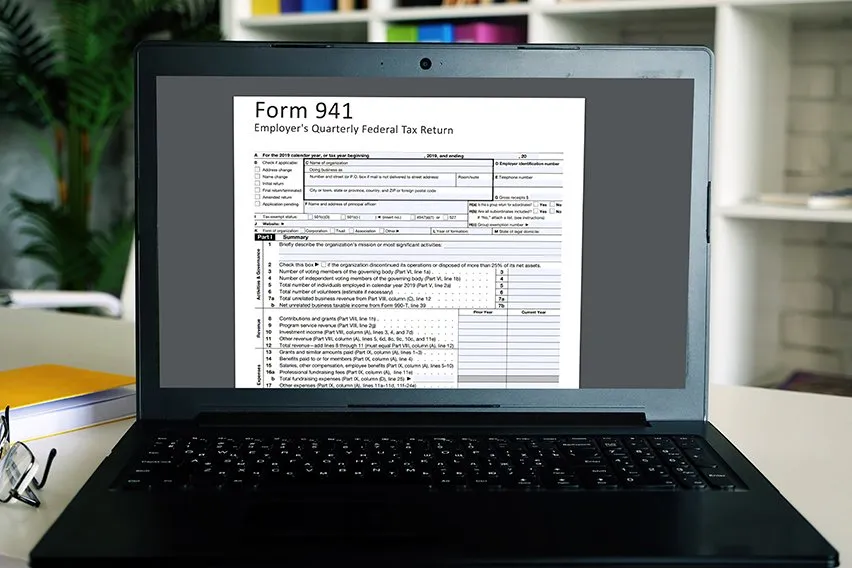 What Is Form 941? Facts and Filing Tips for Small Businesses
What Is Form 941? Facts and Filing Tips for Small Businesses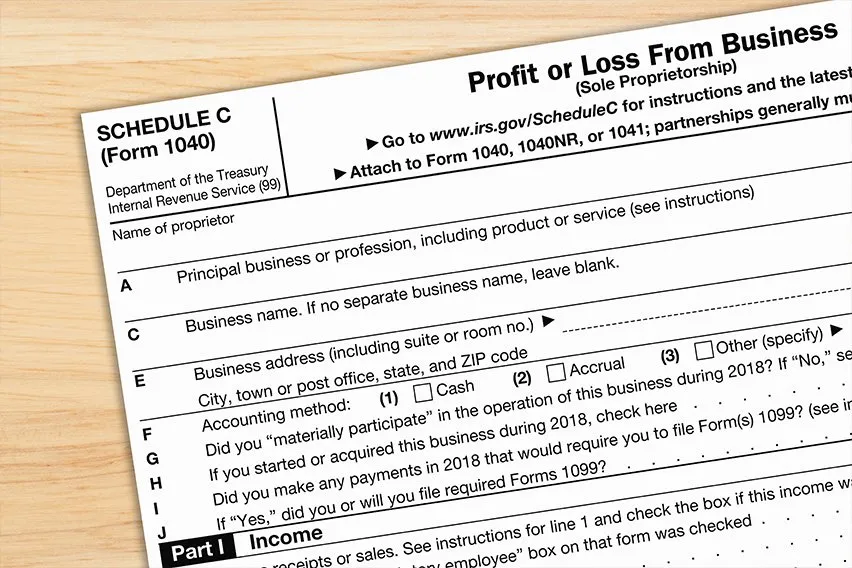 Schedule C Tax Form: Who Needs To File & How To Do It
Schedule C Tax Form: Who Needs To File & How To Do It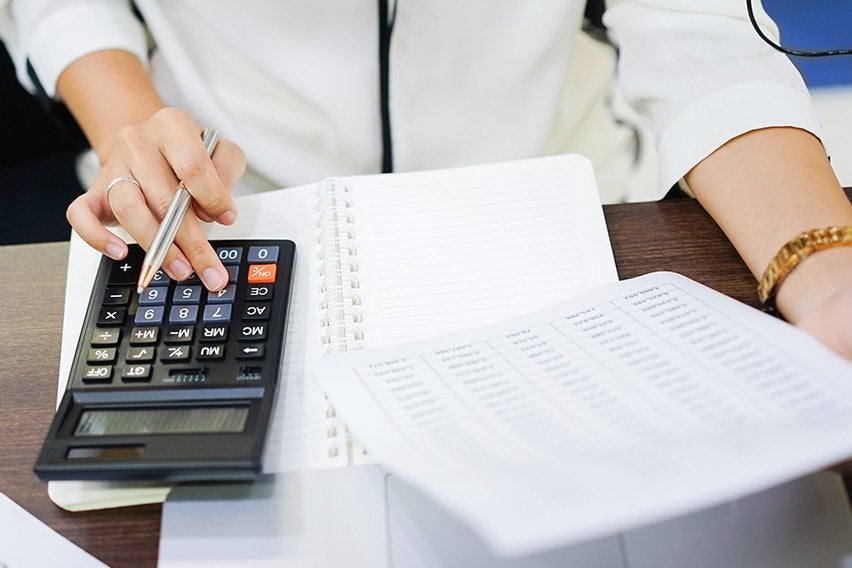 How to Calculate Payroll Taxes: Taxes and Percentages
How to Calculate Payroll Taxes: Taxes and Percentages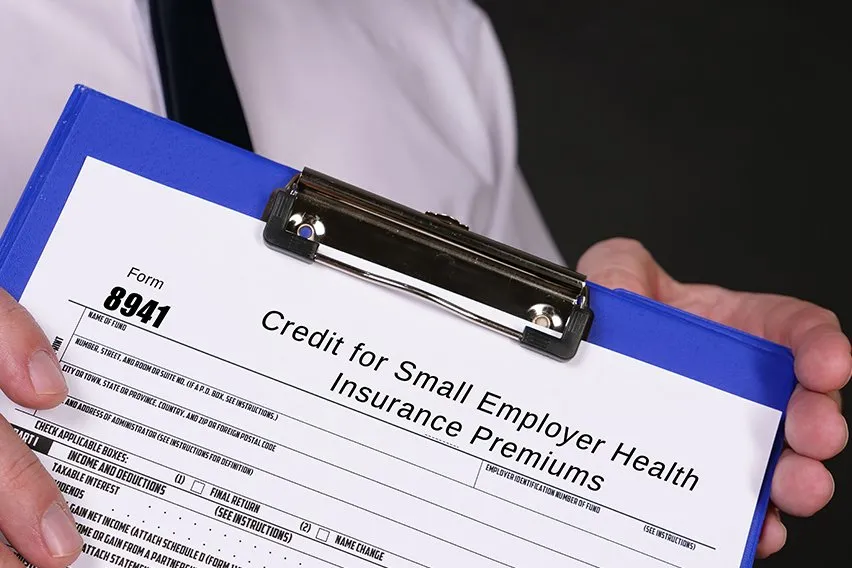 What Is Form 8941? It’s a Tax Credit for Small Business Health Insurance Costs
What Is Form 8941? It’s a Tax Credit for Small Business Health Insurance Costs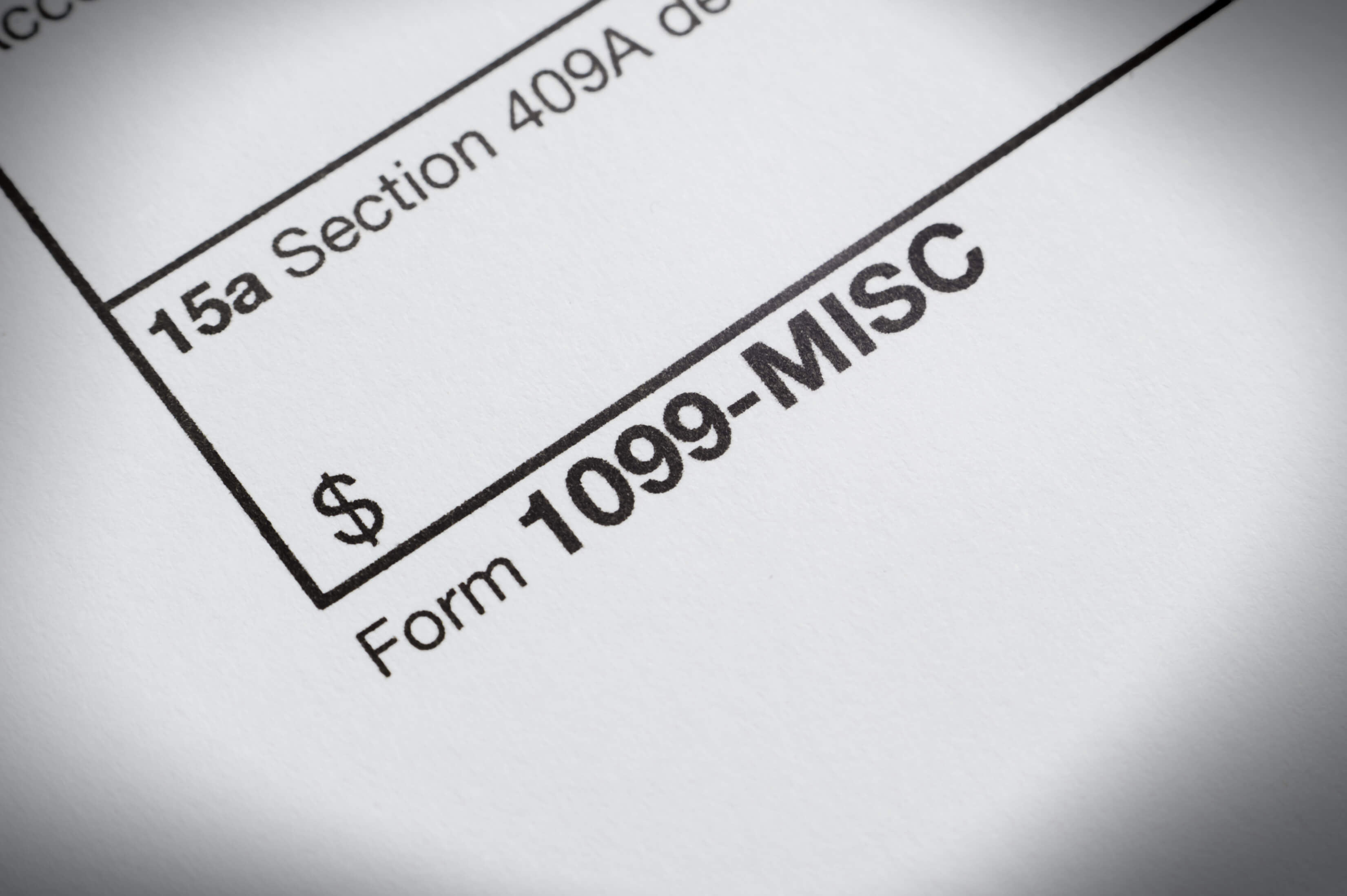 What Is Form 1099? It Reports Payments Other Than Regular Salaries, Wages or Tips
What Is Form 1099? It Reports Payments Other Than Regular Salaries, Wages or Tips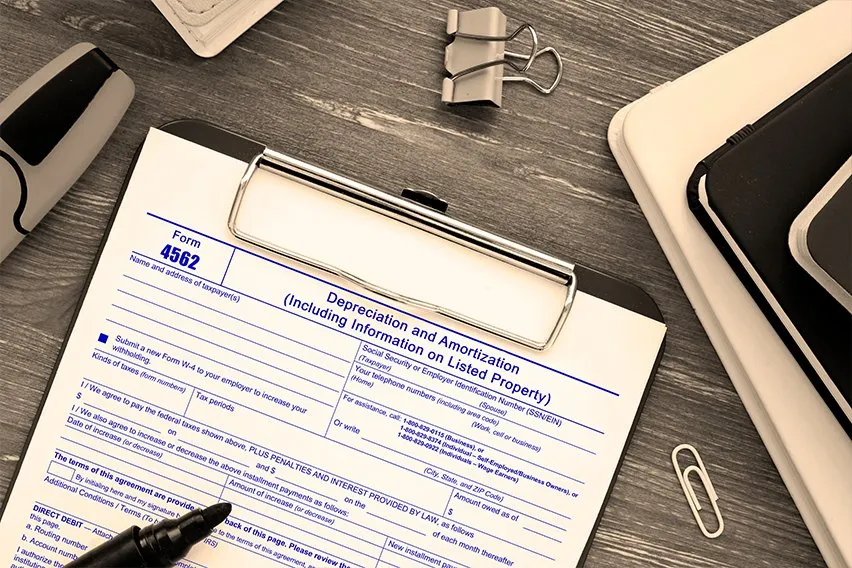 What Is Form 4562? It’s the IRS’s Depreciation and Amortization Form for Tax Filing
What Is Form 4562? It’s the IRS’s Depreciation and Amortization Form for Tax Filing